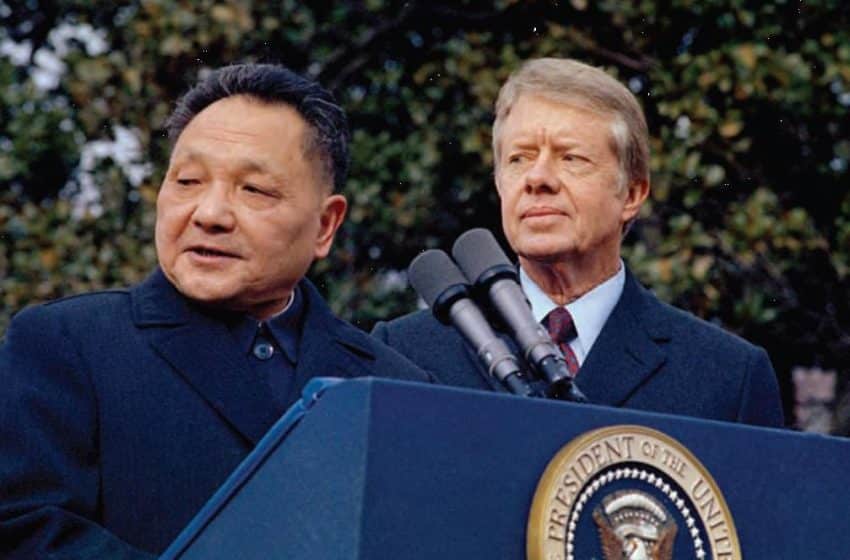China Foreign-Exchange Reserves Drop as PBOC Supports Yuan
China’s foreign-exchange reserves shrank to the smallest since 2012, indicating that the central bank sold dollars as the yuan’s retreat to a five-year low exacerbated depreciation pressure.
The world’s largest currency hoard decreased by $99.5 billion in January to $3.23 trillion, according to a People’s Bank of China statement released on Sunday. The contraction was less than a Bloomberg survey’s median estimate of a $120 billion drop. The stockpile slumped by more than half a trillion dollars in 2015, the first-ever annual decline.
Policy makers fighting to hold up the weakening yuan amid slower economic growth, plunging stocks and increasing outflows have been burning through the reserves. The draw-down has continued since the central bank’s surprise devaluation of the currency in August, when the stockpile tumbled $94 billion, a monthly record before December’s unprecedented $108 billion decline.
“While the remaining reserves represent a substantial war chest, the rapid pace of depletion in recent months is simply unsustainable,” said Rajiv Biswas, Asia-Pacific chief economist at IHS Global Insight in Singapore. “Domestic private investors and global currency traders see a one-way bet against the currency. This has resulted in large-scale private capital outflows since early 2015 as expectations mount that the PBOC will eventually be forced to capitulate once its reserves are sufficiently depleted.”
Capital outflows increased to $158.7 billion in December, the most since September and were $1 trillion last year, according to estimates from Bloomberg Intelligence. That’s more than seven times the amount of cash that left in 2014.
The PBOC has stepped up efforts to stem the exodus, warning speculators that they will be punished. It intervened in the Hong Kong market last month after the yuan’s offshore exchange rate sank to a record 2.9 per cent discount to the onshore rate. Apart from selling dollars, the monetary authority also gave guidance to some Chinese lenders in the city to suspend yuan lending to curb short selling, a move that contributed to the overnight interbank lending rate surging to an all-time high of 66.8 per cent on Jan. 12.
The median estimate in a Bloomberg survey is for the yuan to drop to 6.76 a dollar by the end of this year, with Rabobank Group the most pessimistic with a 7.53 prediction. The currency has declined 1.24 per cent so far this year, closing at 6.5755 in Shanghai on Friday. Chinese financial markets are shut for the Lunar New Year holiday.
China’s top economic planner said that the objective for this year is for an expansion in the range of 6.5 per cent to 7 per cent. The 6.9 per cent growth in 2015 was the slowest in 25 years. Exports probably declined for the seventh straight month in January, according to the median estimate in a Bloomberg survey before data due Feb. 15. China increased its gold hoard in January, raising its holdings to 57.18 million ounces at it looks to diversify its foreign-exchange stockpile.
“The smaller decline in the reserves suggests that some capital outflow restrictions imposed in January worked, ” Shen Jianguang, chief Asia economist at Mizuho Securities Asia Ltd. in Hong Kong, wrote in a note on Sunday, adding that he estimates the drop in February will be “much smaller.”
Feb. 8, 2016 on the South China Morning Post.
Read more here








